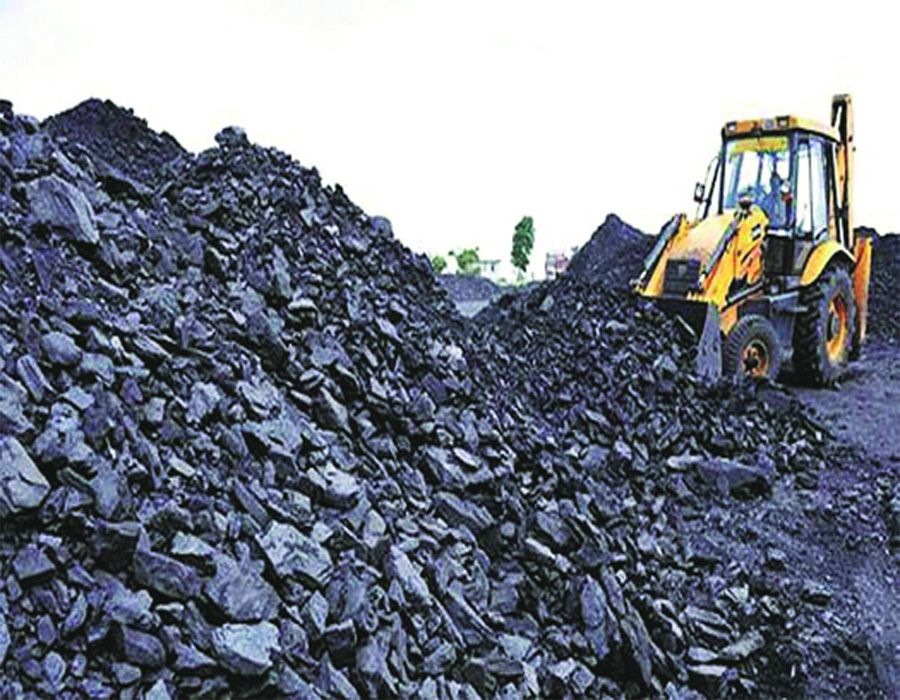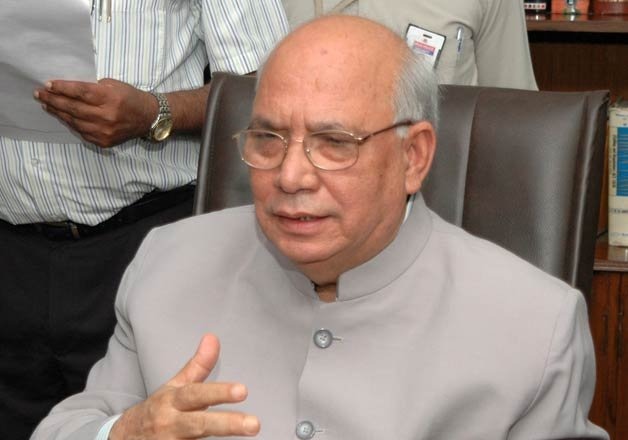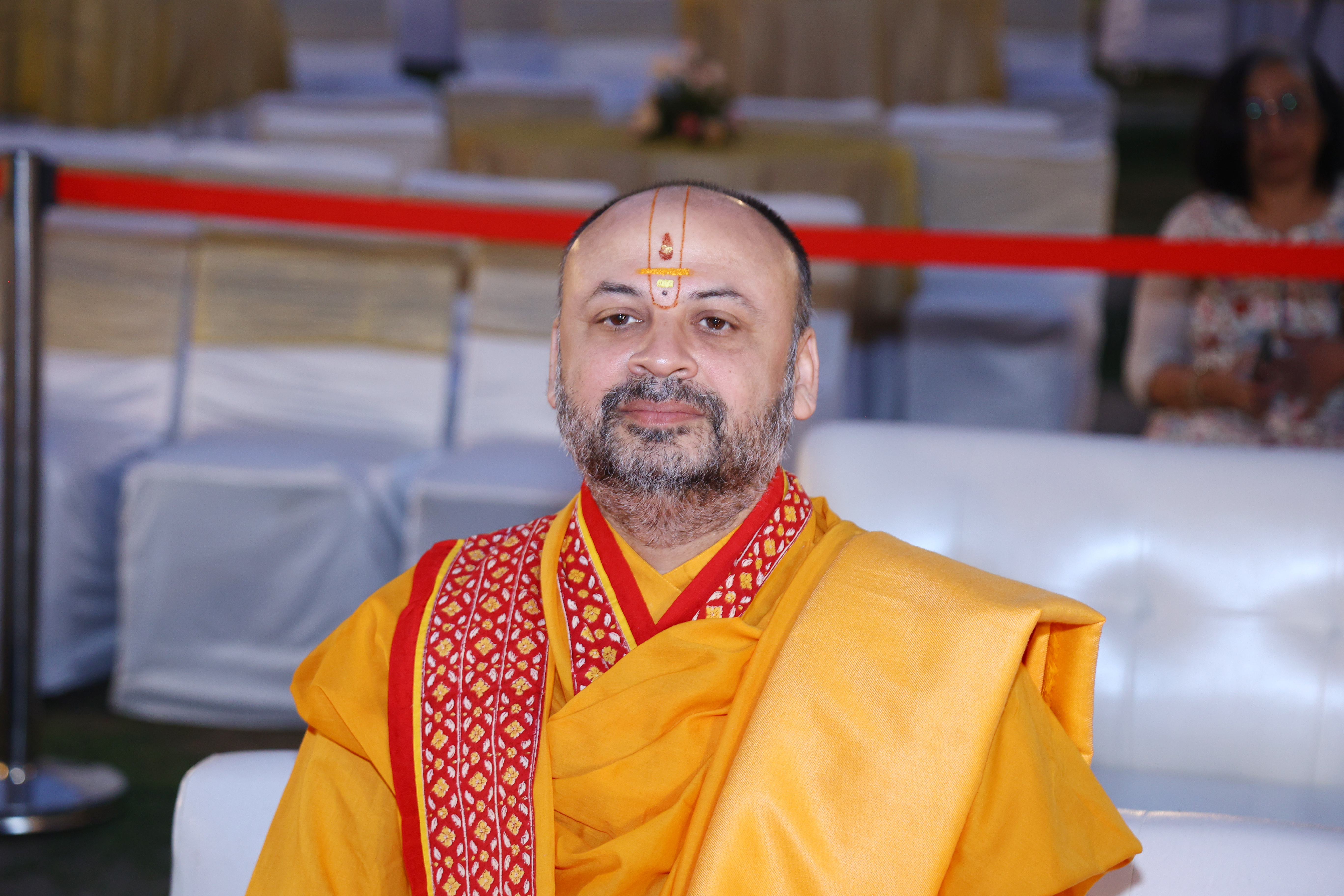The resumption of mining in the State will bring great relief. Remember it always had a history of environment-friendly processes and notable best practices
The clarion call for making India atmanirbhar (self-reliant) has a major component of sustainable income and quality employment. The tiny State of Goa, with a population of 15 lakh, was one with the highest per capita income in the country at one time. The two major pillars of its economy were tourism and mining. With almost 100 per cent export, the State had a turnover of nearly Rs 6,000 crore from mining itself. Nearly one-fifth of the population of Goa got sustainable, quality employment in mining and its related activities. It is sad to talk about this in the past tense as the State has been reduced to penury ever since the Supreme Court ordered a complete stop of all mining operations on February 7, 2018 by quashing the second renewal of 88 mining leases. The judgment, by a Bench led by Justices Madan B Lokur and Deepak Gupta, slammed the “rapacious and rampant exploitation” of Goa’s fragile ecology by private mining lease holders and said that their “sole motive is to make profits, for years.”
Since then, the State has seen adversely-affected income levels due to the decision. This, coupled with the fall in income from the tourists because of the COVID-19 outbreak, has come as a double whammy for Goa. Sadly, the social and financial impact of the apex court’s decision on the population and the State’s prosperity is never an issue in court arguments and goes unnoticed, time and again. This is despite the fact that the halt of mining operations has slowed down the entire economy of the State and the lives of its people, too. The iron ore of Goa, which has a lower Fe content (around 55 per cent), had a booming market across Indian shores and was exported to various countries like Japan, South Korea and China. It contributed to 30 per cent of the State’s GDP. Now, the closure of mines has resulted in Goa’s lost presence in the international iron ore market and the Goan variant has been replaced by Brazilian and Australian ones.
And it is not just the miners who are suffering in the State. The related loss of business to those providing logistical support to the mining industry, in terms of trucks, barges and machinery, adds to the problem. The immediate challenge and need is to restart this major economic operation for the State. Despite the apex court’s concerns over the ecology of the State, Goa always had a history of environment-friendly mining and its notable best practices were demonstrated at all international fora as well. The ISO 14001 Standards and the independent Mineral Foundation of Goa (the precursor to the present District Mineral Fund concept) were early moves towards an environmentally sustainable industry. Mining in Goa is not an issue of spoiling the environment as modern technology and methodology were already used in all operations. So the issue in Goa is of understanding and harmonising the two Acts, namely the Mines and Minerals Development and Regulation Act, 2015 (MMDR Act) with its amendments and the Goa, Daman and Diu Mining Concessions (Abolition and Declaration as Mining Leases) Act, 1987, commonly known as the Abolition Act, 1987. This harmonisation can only come through policy clarification and legal amendment. The State Government as well as the mining industry and experts are unanimous in their decision that they want an end to the status quo. The entire State Assembly has unanimously put in a request to the Central Government to allow Goa to recommence mining operations at the earliest, through appropriate means.
Prior to December 19, 1961, Goa was a Portuguese territory and mining concessions were granted under the Portuguese Mining Colonial Laws, 1906. After Goa became a part of the Indian Union in 1961, the MMDR Act, 1957 was extended to Goa in October 1963. In 1975, notices were served to concessionaires under the Mining Lease Modification Terms Rule, 1956, by the controller of mining leases. This was done to bring in parity with the provisions of the MMDR Act, the Mineral Concession Rule and the Mineral Conservation and Development Rules (MCDR).
Thus, the end of the Mineral Concession Rule was not to put mining operations in Goa at a disadvantage, it was an effort to bring it at par with the MMDR Act that is operative in the rest of the country. Thus, the stalemate caused by the delay in harmonising the two is definitely not called for.
The Central Government should come forward and resolve the issue of date of applicability of the Abolition Act, 1987 and the MMDR amendment of 2015/20, by accepting the prospective time period of lease from the introduction of the Abolition Act on May 23, 1987 for 50 years i.e. till 2037. Thus, is it important to settle the interpretation that it is prospective and not retrospective and the lease thus is entitled till 2037. The same can be done through a legislative amendment in the Abolition Act, which is a law applicable for the State of Goa and shall not affect mining regimes in the rest of the country. The State Government has on multiple occasions sought the intervention of the Central Government on the matter. Goa has requested for putting an end to the inequitable situation which arose out of the rest of the States being allowed to renew mining leases for 50 years.
This has been represented before the Supreme Court through petitions, reviews and interlocutory petitions among others, by the Goa Government, the mining industry and even the panchayats from the mining districts in the State, who have been devastated by the financial distress arising out of the end of mining.
There is an urgent need to decide quickly and set a credible and consistent way forward so that mining operations can start with immediate effect. All the above issues can be resolved in one stroke if the intention is to make Goa a shining example of an atmanirbhar State contributing to the GDP of the country. The resumption of mining activities in the State will bring great relief to the State and its populace in the short term and substantial benefit in the long run. It will also result in Goa being a State with the highest per capita income again.
(The writer is former Secretary to the Government of India)








 OpinionExpress.In
OpinionExpress.In















Comments (0)